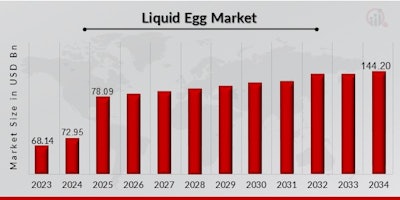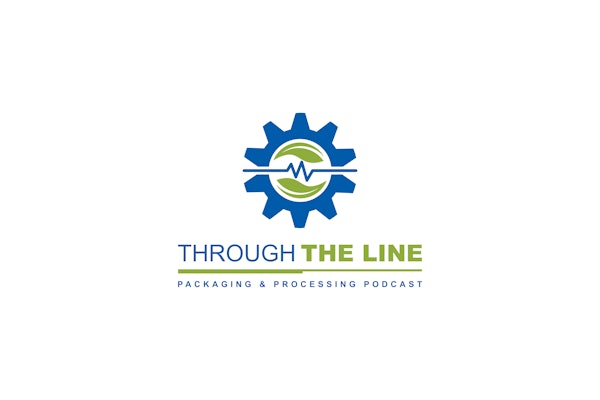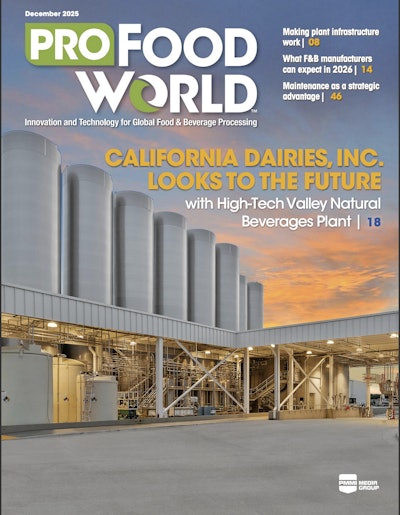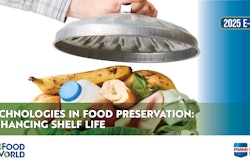Market Research Future is reporting that the liquid egg market is expected to grow from $72.95 billion in 2024 to $78.09 billion in 2025. By 2034, the market is expected to reach $144.20 billion with a compound annual growth rate (CAGR) of approximately 7.1% during that time period. The market is being driven by rising consumer preference for convenience food products, increasing demand for protein-rich diets, and the growing adoption of liquid eggs in various industries.
The report is segmented by production method, product type, packaging, and end-use industry, each contributing to the overall market dynamics. One of the key drivers of the market's expansion is the rising demand for convenience in food processing and preparation. Liquid eggs eliminate the need for manual egg cracking, thus reducing labor costs and improving efficiency in industrial food manufacturing. Additionally, with growing concerns regarding food safety, liquid eggs are gaining traction due to their pasteurization process, which ensures safety from bacterial contamination such as salmonella.
Another significant growth driver is the increasing health-conscious consumer base. With the popularity of high-protein diets, fitness trends, and awareness regarding egg nutrition, liquid egg whites, in particular, have gained widespread adoption. These products offer a cholesterol-free protein source, making them an ideal choice for health-focused consumers. Additionally, the foodservice sector is witnessing a surge in demand for liquid eggs, as they provide convenience for restaurants, hotels, and catering businesses.
The liquid egg market faces several challenges, according to Market Research Future. One of the major concerns is the fluctuating prices of raw eggs, which can impact production costs and profitability. Additionally, strict regulations and quality standards for egg processing and food safety compliance add to the operational complexities for manufacturers.
The supply chain challenges, particularly in developing regions, also pose constraints on market expansion. Storage and transportation require temperature-controlled environments, making logistics a key challenge in maintaining product integrity.
The market also presents significant opportunities for growth and innovation. With the increasing adoption of sustainable and organic egg production, manufacturers have the opportunity to cater to evolving consumer demands. The rise of plant-based egg alternatives also presents a competitive landscape, encouraging companies to innovate with value-added liquid egg products, such as fortified and flavored egg formulations.























